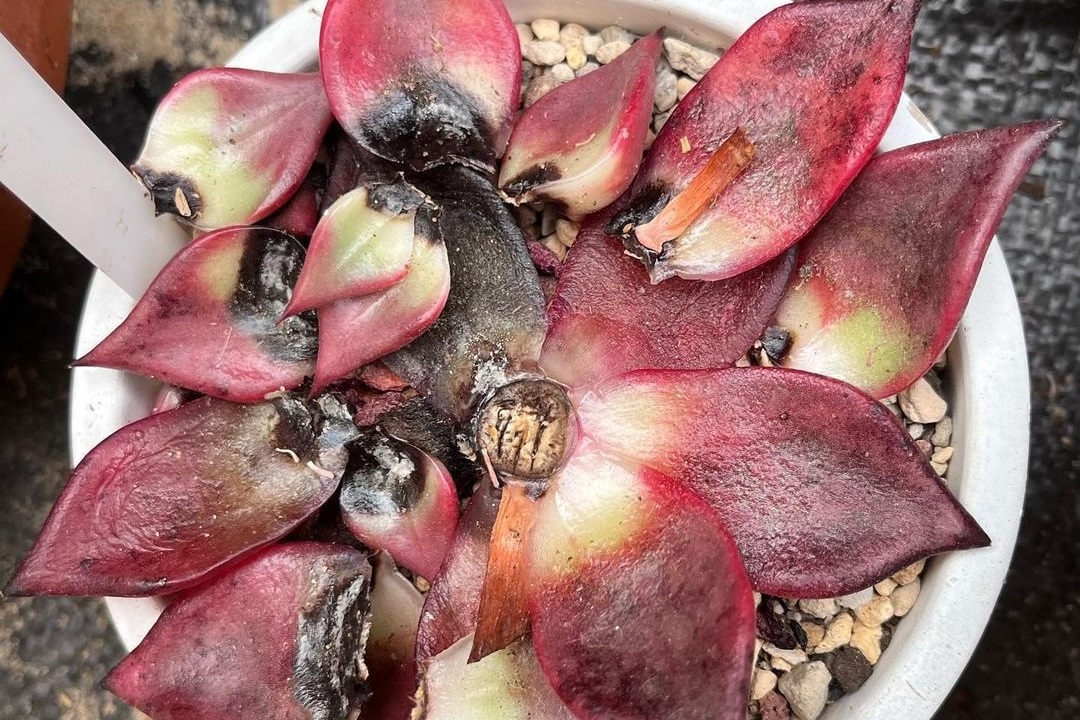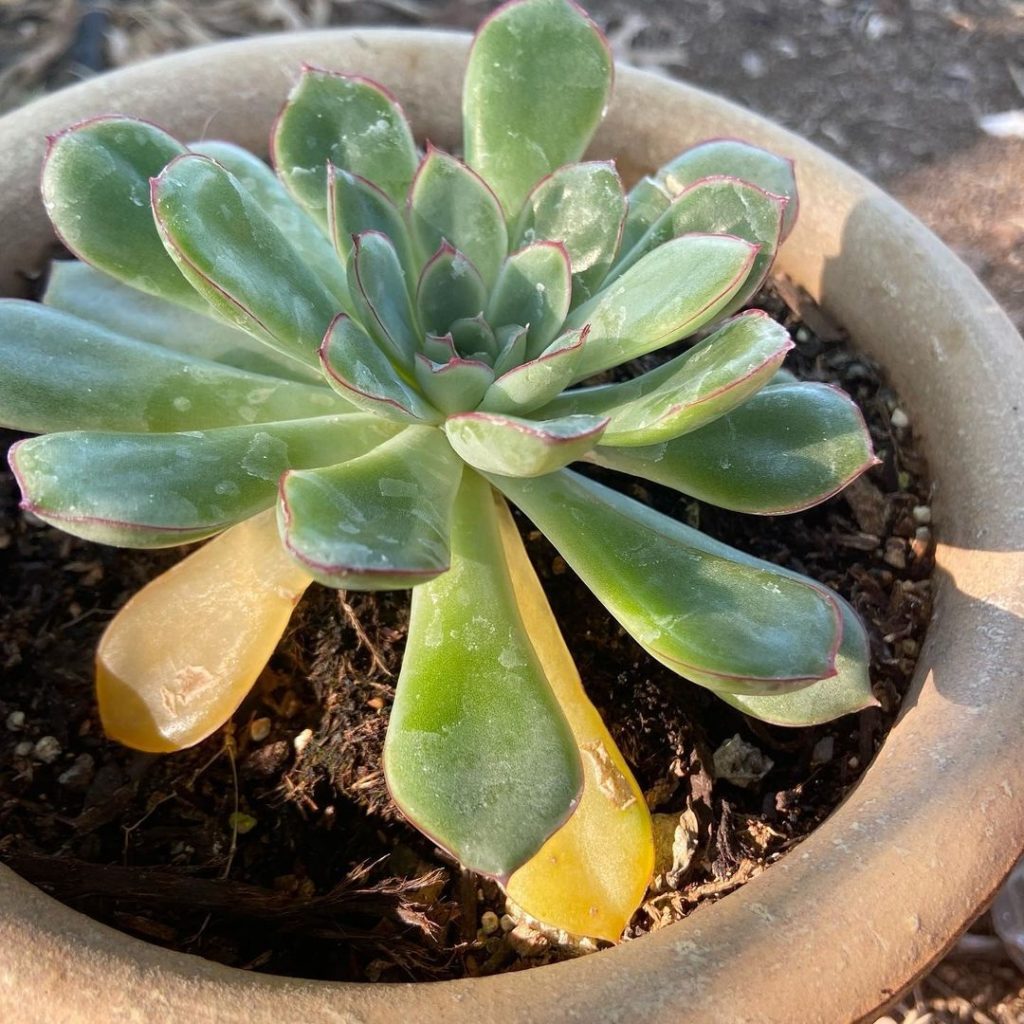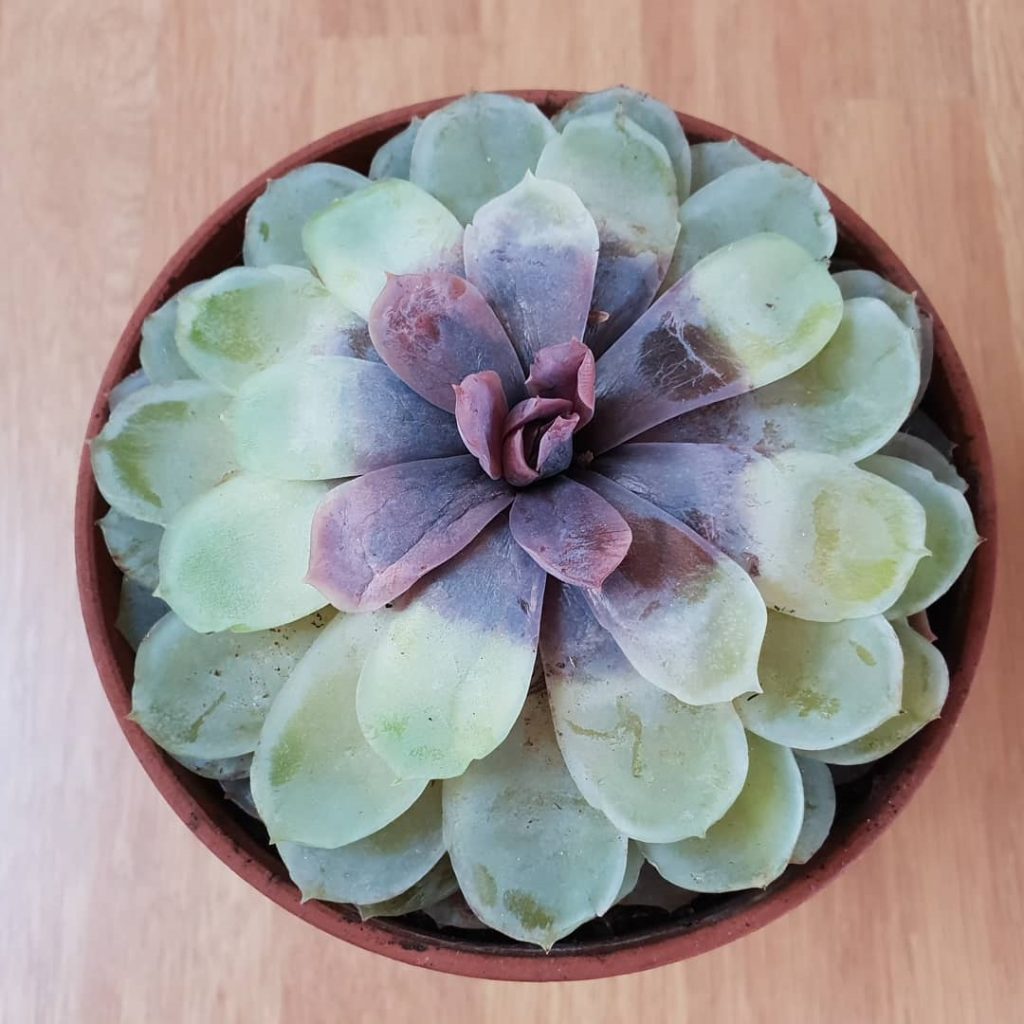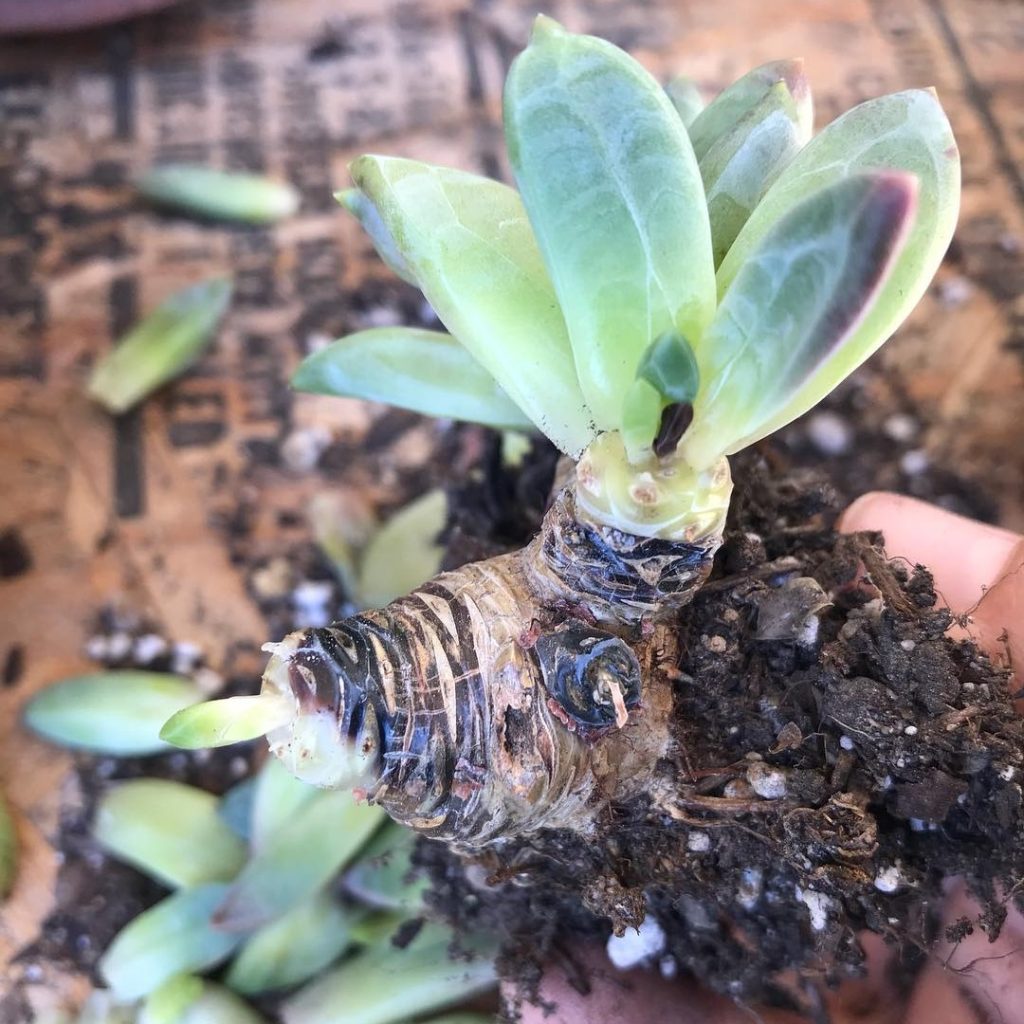Identifying Root Rot in Succulents: A Simple Checklist
Root rot can be a real bummer for succulent lovers. It’s like a sneaky enemy that attacks their precious plants, causing them to wither, turn mushy, and eventually bid farewell to this world. But what exactly causes this root rot? Well, it’s not just one culprit but a bunch of sneaky pathogens and maintenance mishaps.
Don’t worry, though! In this post, we’ll unravel the mystery behind root rot and equip you with some fantastic tips to identify and prevent it from ruining your succulent oasis. So, grab your gardening gloves and prepare to become a succulent superhero, armed with the knowledge to save your precious plants from the clutches of root rot!

Contents
How to Spot Root Rot in Succulents
When it comes to the health of your succulent, the roots often go unnoticed. However, if root rot sneaks its way in, your plant will give you some warning signs to catch the infection in time. Detecting succulent root rot early is key to saving your plant and promoting its recovery. Let’s take a look at some typical symptoms:
- Wilting shoots: If you notice individual shoots wilting within a short period, it may not be a lack of water. Often, this is a sign of root rot. Continuing to water the plant will only spread the fungi or drown the plant, leading to root rot due to a lack of oxygen.
- Leaf discoloration: Blocked roots and conduits can affect the coloration of the leaves. If you observe a change in leaf color, such as light green or yellowing, it’s a red flag. Although it can resemble nutrient deficiency, this discoloration is often isolated to specific plants.

- Unstable plants: Shaky plants in their pots or soil indicate root damage. It’s as if the plant stands like a building with crumbling foundations. In cases of root neck rot, the root neck can become constricted and turn brown, leading to unstable plants. If the roots have completely rotted, you can easily pull out the entire plant from the soil.
- Brown roots in potted plants: Suspected cases can be checked easily in potted plants. Just remove the plant from its pot and inspect the roots. If you find mushy, rotting roots, the excess water in the pot is the culprit. Keep the plant dry and wrap the soil ball with kitchen towels to draw out the excess water and revive the plant.
To identify root issues, it’s crucial to examine the roots directly. Healthy roots are firm and have a whitish, light beige, or light brown color. On the other hand, dark brown, soft, or mushy roots indicate root rot.
Do you face these other issues?:
Succulent Leaves Splitting
Leaves Falling Off Succulents
Why Are Succulent Leaves Rotting?

It can be disheartening to see your succulent’s leaves turning soft and mushy. But fear not! Let’s explore some common reasons behind this unfortunate occurrence and how to address them.
1. Overwatering
Succulents are known for their water-storing abilities, and they prefer dry conditions. However, sometimes we can be a little too generous with watering. Overwatering can lead to excess moisture in the soil, causing the roots to become waterlogged and leading to rotting leaves. Remember, succulents like a “soak and dry” watering method. Allow the soil to dry out completely before watering again.
Solution: Adjust your watering routine to give your succulent’s roots time to dry out between waterings. Ensure proper drainage in the pot to prevent water from accumulating.
2. Inadequate Drainage
Succulents thrive in well-draining soil that allows excess water to escape easily. If your succulent is potted in soil that retains too much moisture or lacks proper drainage, it can lead to root rot and subsequently rotting leaves.
Solution: Repot your succulent using a well-draining mix specifically formulated for succulents or cacti. The soil should contain a combination of gritty components like perlite or coarse sand to promote water drainage.
3. Poor Air Circulation
Succulents appreciate good air circulation, which helps prevent excess humidity and stagnant moisture. Placing succulents in poorly ventilated areas or overcrowded planters can create a humid environment, making them susceptible to leaf rot.
Solution: Position your succulents in well-ventilated areas or near fans to promote air movement. Space out your plants to prevent overcrowding and allow air to circulate freely.
4. Fungal or Bacterial Infections
Succulents can fall victim to fungal or bacterial infections, especially if they are weakened by other factors mentioned above. These infections can cause the leaves to rot and turn mushy.
Solution: If you suspect a fungal or bacterial infection, promptly remove the affected leaves and isolate the plant to prevent further spread. Disinfect your tools before and after pruning to minimize the risk of contamination. Depending on the severity of the infection, you may need to apply a fungicide or bactericide specifically designed for succulents.
5. Pest Infestation
In some cases, succulent leaves may rot due to pest infestations such as mealybugs or fungus gnats. These pests can cause damage to the leaves, making them more susceptible to rotting.
Solution: Identify and treat any pest infestations on your succulents as soon as possible. Use appropriate insecticidal soaps or natural remedies to control the pests and prevent further damage.
How to Salvage a Succulent with Root Rot

Dealing with succulent root rot requires swift action to prevent further damage. Although there is no one-size-fits-all solution due to the various pathogens at play, the moisture level of the soil plays a vital role in preventing and treating root rot.
Here’s what you can do:
- Remove rotten roots: Cut off the affected roots completely.
- Rinse the root ball: Carefully rinse the root ball under running water to remove any remaining rot.
- Repot: Plant the succulent in fresh soil, ensuring that the new pot has proper drainage to minimize the risk of excess moisture.
By taking swift action and providing the right care, you might be able to save your succulent from root rot-induced demise.
